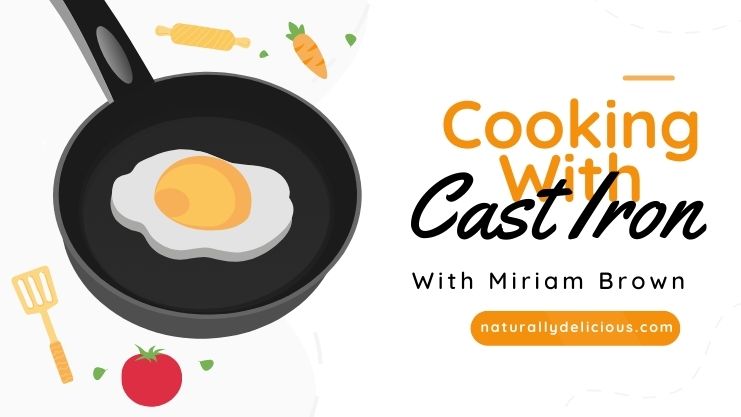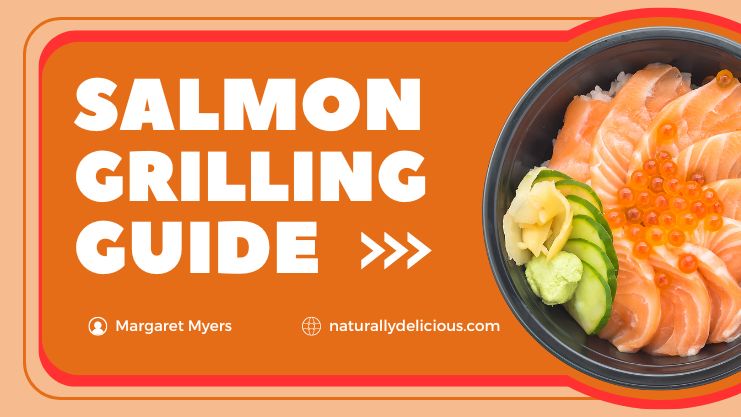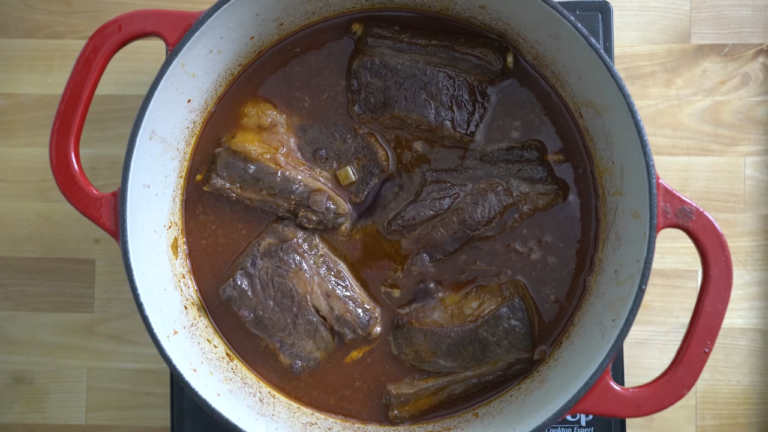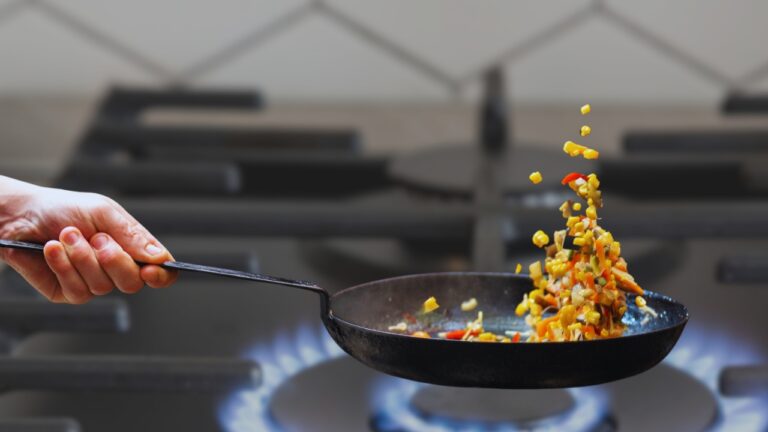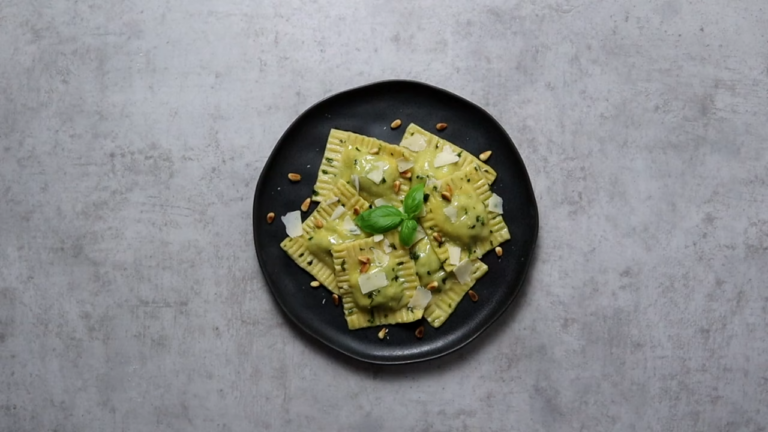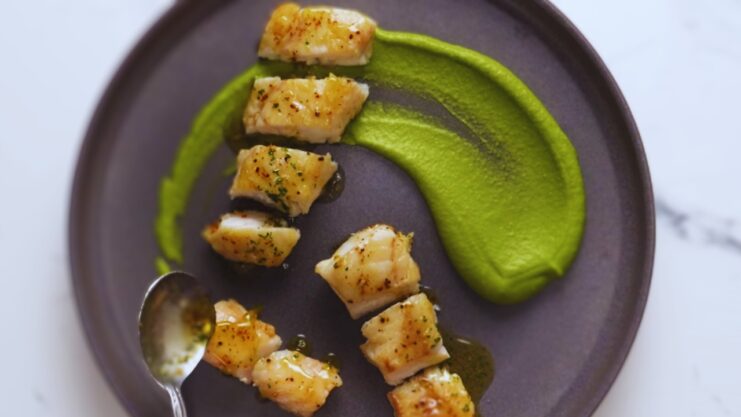I’ve discovered that monkfish, often referred to as the “poor man’s lobster,” is a fantastic seafood alternative that captures the essence of lobster when cooked properly.
Its meaty texture and mild flavor make monkfish a cost-effective and sustainable choice for anyone looking to indulge in the luxurious taste of lobster. It is a phenomenal ingredient.
I would like to provide you with a couple of recipes that will help you with achieving just that.
Selecting and Preparing
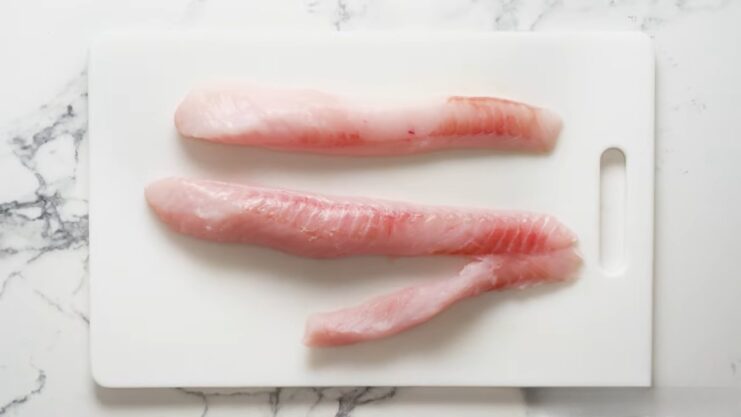
Before you can do anything, you need to find a proper fish. Finding the best monkfish you can is a key factor in preparing a tasty dish, especially if you want it to taste like lobster.
Here are some of the criteria you should be aware of:
| Criterion | Description |
|---|---|
| Size | Larger monkfish are typically better in terms of flesh quality. Sizes range from under a pound to over ten pounds. |
| Firmness | The monkfish should feel firm to the touch. Avoid any fish that feels soft or mushy. |
| Color | Look for a consistent, light pink to off-white color. Avoid fish with any visible blemishes or discoloration. |
Steaming Monkfish
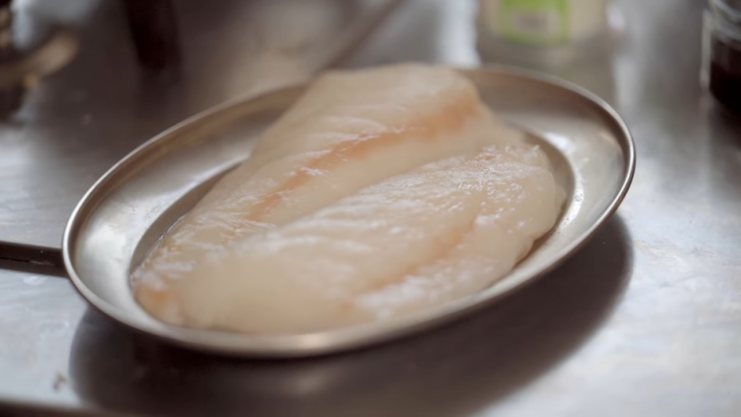
Prepare the Rice
- Cook the rice in approximately 2 cups of boiling salted water until done, ensuring to use of high-quality Jasmine rice for the best flavor and texture.
Prepare the Vegetables
- Rinse and trim the zucchini, cut it in half lengthwise, and then slice thinly.
- Peel and finely chop the onion, garlic, and ginger.
Prepare the Fish
- Rinse the monkfish and pat it dry.
- Cut the fish into 8 equal medallions and season with salt and pepper.
- Drizzle with a little lime juice.
- Place the fish in a buttered bamboo steamer.
- Fill a pan with water about two finger widths high, place the steamer basket over the water, and steam the fish for 8-12 minutes.
Make the Curry Sauce
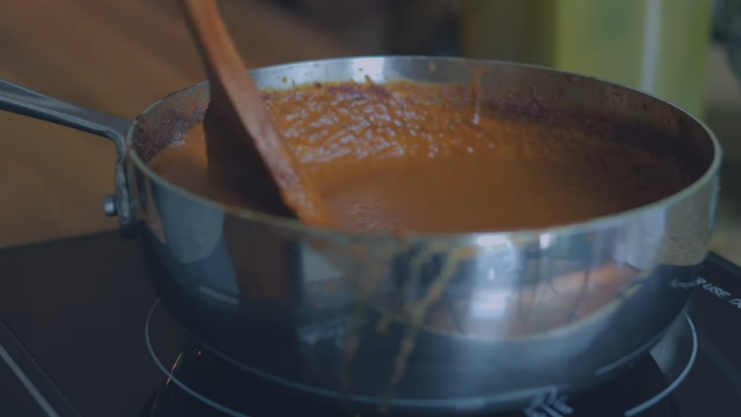
- Heat some oil in a pan and sauté half of the ginger, onion, and garlic.
- Stir in the curry paste, then pour in the stock and cream.
- Simmer for about 4 minutes, stirring constantly.
- Season with salt, pepper, turmeric, and curry powder to taste.
- Thick the sauce with cornstarch dissolved in a little water.
Final Preparation
- In another pan, heat a little oil and sauté the remaining ginger, onion, and garlic.
- Add the zucchini, cooked rice, and saffron. Sauté while stirring.
- Season with chili sauce, soy sauce, and pepper.
- Spoon the rice onto plates, arrange the steamed fish on top, and pour the curry sauce around the edges.
- Garnish with cilantro.
Grilling Monkfish
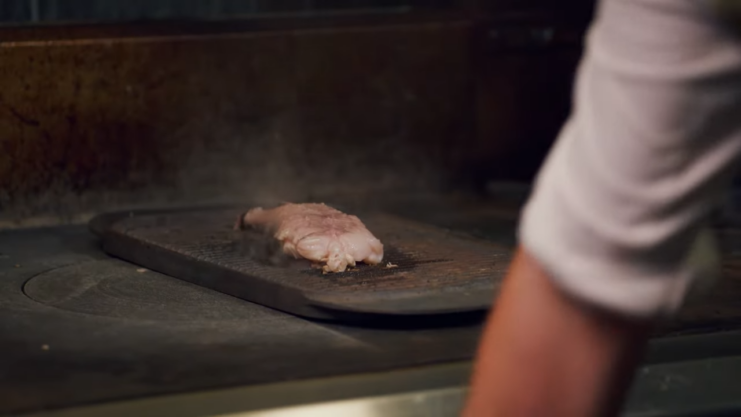
Preparation of Monkfish
- Slice the monkfish fillets thinly lengthways, creating about 8 strips.
- Using a metal skewer (or a rosemary sprig as a skewer), thread the rosemary through each strip of monkfish until the whole strip is skewered.
Prepare the Salad
- Slice the tomatoes, leaving smaller ones whole.
- Arrange the sliced tomatoes on a serving plate.
- Tear the buffalo mozzarella into chunks and distribute over the tomatoes.
- Scatter fresh basil leaves over the tomatoes and mozzarella.
- Dress the salad with extra virgin olive oil (lemon-flavored oil is also a good choice).
Grilling the Monkfish
- Preheat your grill.
- Lightly brush the monkfish strips with olive oil and sprinkle with sea salt.
- Grill the monkfish for about 2-3 minutes on each side, until the fish is lightly seared and the rosemary begins to blacken.
Serving
- Place the grilled monkfish on top of the prepared salad.
- Finish with an additional sprinkle of sea salt, a squeeze of lemon juice, and a drizzle of olive oil.
Broiling Monkfish
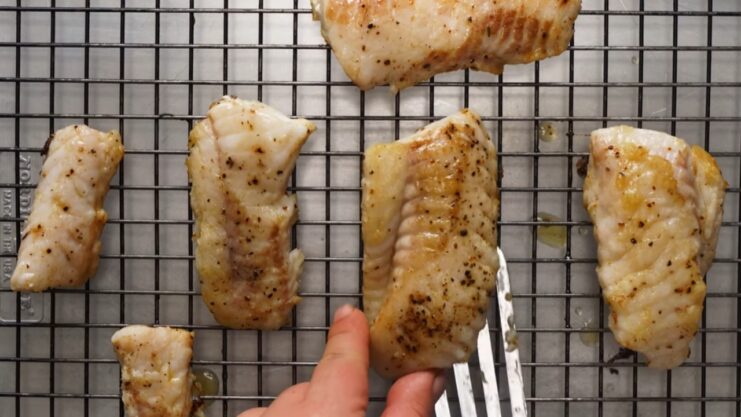
Prepare the Marinade
- In a mixing bowl, combine the soy sauce, minced garlic, grated ginger, and white pepper.
Marinate the Fish
- Place the monkfish fillets in the marinade.
- Ensure that each fillet is well-coated.
- Cover and refrigerate for several hours, ideally turning the fish once to ensure even marination.
Broil the Monkfish
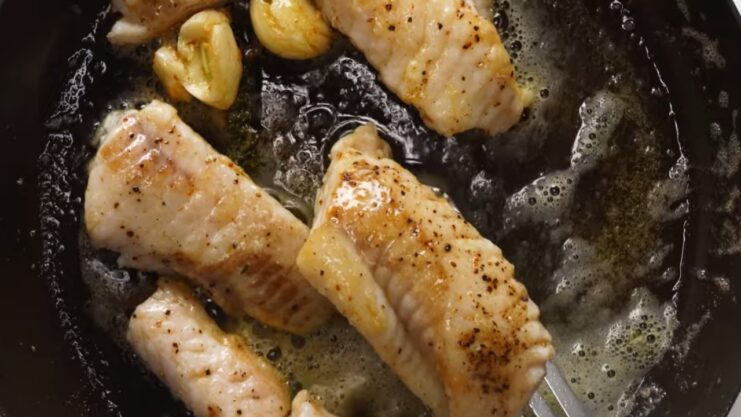
- Preheat your broiler.
- Remove the monkfish from the marinade and place it on a broiler pan.
- Discard the leftover marinade.
Cooking Time
- Broil the monkfish for about 8-10 minutes.
- The fish is done when it flakes easily with a fork.
Serving
- Serve the broiled monkfish with a side of brown rice and a green vegetable of your choice, such as steamed broccoli or green beans.

